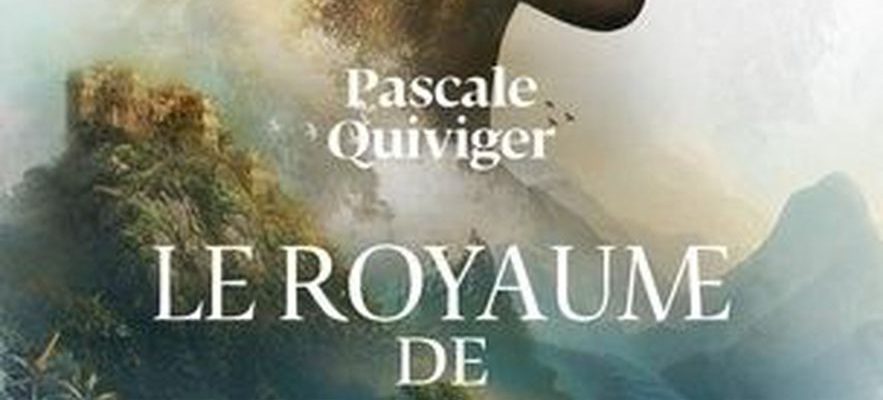Thirty years ago, these tales of elves, goblins and bodybuilder barbarians living in semi-medieval worlds were looked upon with contempt. Since then, there has been the trilogy of Lord of the Rings And Game Of Thrones. Today, “fantasy” is the flagship genre of the imaginary. On the occasion of the creation of the “Folio fantasy” collection, a look back at ten of his masterpieces.
The novelty
The art of shipwreck, by Pascale Quiviger (2019)
A must by Pascale Quiviger
© / fantasy folio
“We had to clarify things. The Folio SF collection, which is thirty years old, offers more and more ‘fantasy’. Many readers criticized us for not being better identified. Now it’s clear”, explains Pascal Godbillon, director of Folio SF, now divided into two collections, one of which will be called Folio fantasy. Its creation marks the extent taken by the genre, both sales leader and increasingly recognized literary. In the catalogue: so many Anglo-Saxon classics (The Princes of Amber, The Northern Kingdoms…) than the fine flower of French productions: Jean-Philippe Jaworski, Patrick Dewdney, Pierre Pevel…
To open the collection, a lesser-known author was chosen. With the cycle of Angle Stone Kingdom, the Quebecer Pascale Quiviger follows the peregrinations by boat of a prince and a stowaway to an island kingdom where a facade of peace hides a very heavy secret. Lively rhythm, tasty dialogues, attractive world and an ending that suggests the arrival of black clouds on the azure sky of Pierre d’Angle… Classic but endearing: a perfect introduction to the genre.
Folio fantasy, 496 pages, €9.70.
The classics
The three Malla-moulgarsby Walter de la Mare (1910)
The Moulgars are monkeys, and this story, which sees three of them set off on an adventure in glacial Africa, is one of the founding pieces of animal fantasy. Poet and author of children’s stories, Walter de la Mare wrote this novel, his second, in 1910, which was published in a very beautiful illustrated object by the Callidor editions, specializing in fantasy origins. Pouss, Coudd and Nodd, three monkeys with royal blood gifted with magic, go in search of their father. De la Mare is having a field day inventing an imaginary Africa, covered in snow and in which a marvelous bestiary frolics. Sometimes invented, sometimes precious, the language is always beautiful and evocative, and the author, who will only involve a single human in his story, pleads warmly for a tolerance between species of which we dare not write, given the context. almost exclusively animal of the book, that it is of a beautiful humanism…
Transl. from English by Maxime Le Dain, illustrated by Annick Faure, Callidor, 385 p, €25.
Conan the cimerianby Robert E. Howard (1932)
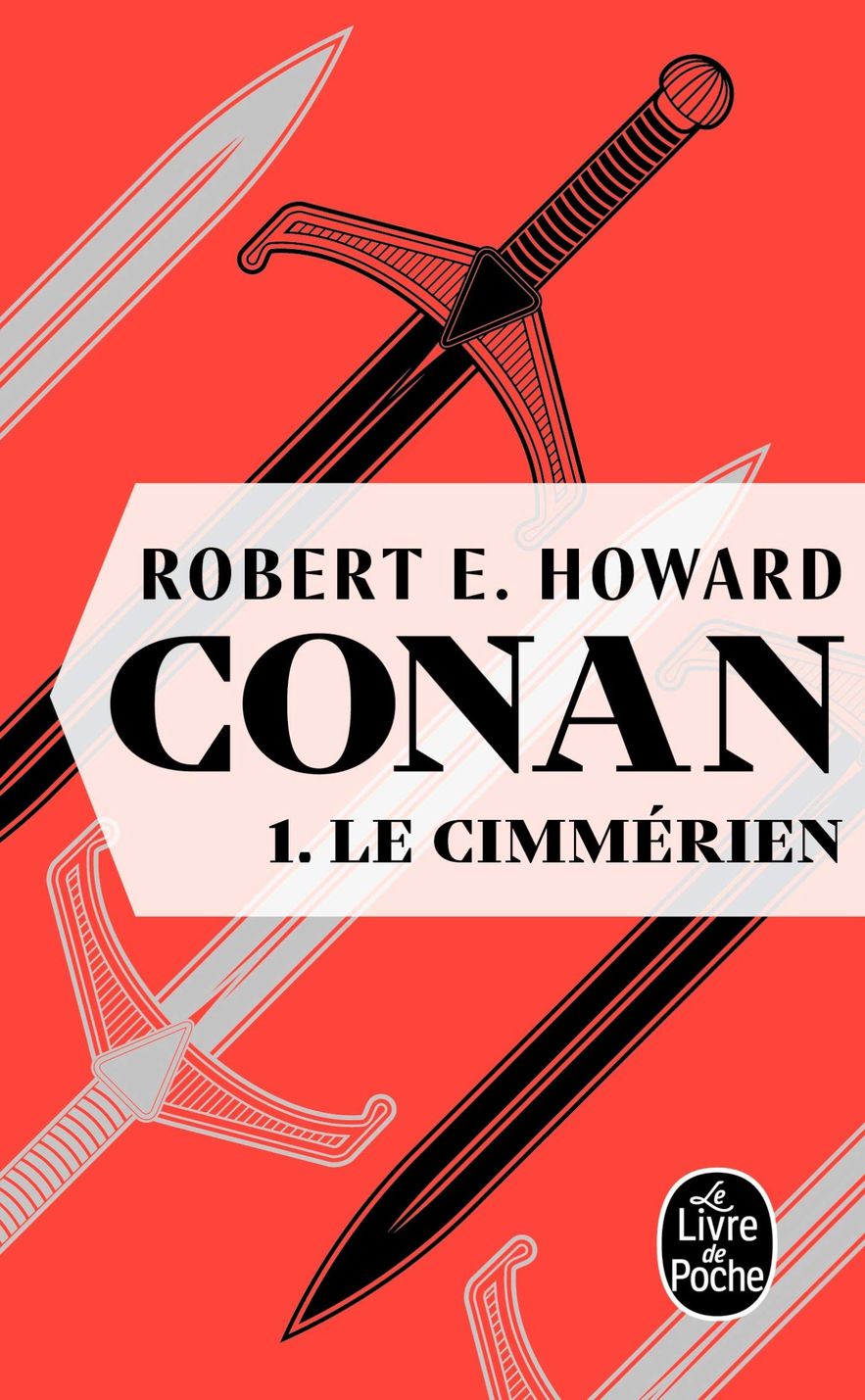
The Best of Robert E. Howard
© / The pocket book
Created in 1932 by the very prolific Robert E. Howard in the magazine weird tales, this Cimmerian warrior acquired in ninety-one years a worldwide glory, which was, alas, accompanied by fading and caricatures, leading him today to be no longer in the minds of people only a big brute in furry underpants dealing out punches and scimitar blows to savage and aggressive creatures. Serious mistake: Conan is a much more complex hero than that, and his creator, who is also a great friend of HP Lovecraft, has a rare epic sense. What he tells through the epic of his hero, simple soldier then thief, warrior and finally king, is the confrontation between barbarism and civilization, a pretext to stage the vanity of the fight in a world where everything is in any case destined to destruction and nothingness. Because the barbarians will always win… A pessimistic creator of a very dark world, Howard committed suicide at the age of thirty.
Transl. from English by Patrice Louinet, Le Livre de poche, 862 p, €10.20.
The cycle of swordsby Fritz Leiber (1940-1990)
Under this all-purpose title hide seven volumes spread over fifty years (from 1940 to 1990) among the most delightful of the genre. They highlight two improbable antiheroes: Fafhrd, a barbarian giant, and the gray mousetrap, a very small thief. One is very strong, the other a magician. Between them, they face the guild of thieves and are entrusted with various missions which they carry out as best they can, often forced into an inglorious flight. Dishonest, thieves, drunks, losing their minds over the slightest petticoat, they plunder castles, fight with dragons, have trouble with obscure religions, all this in a world as earthy as it is imaginative: Lankhmar. At the exact point between humor and respect for the genre, the cycle continues to delight.
Transl. from English by Jean-Claude Mallé, Le Livre de poche, 1780 p, €22.90.
The Lord of the Ringsby JRR Tolkien (1954-1955)
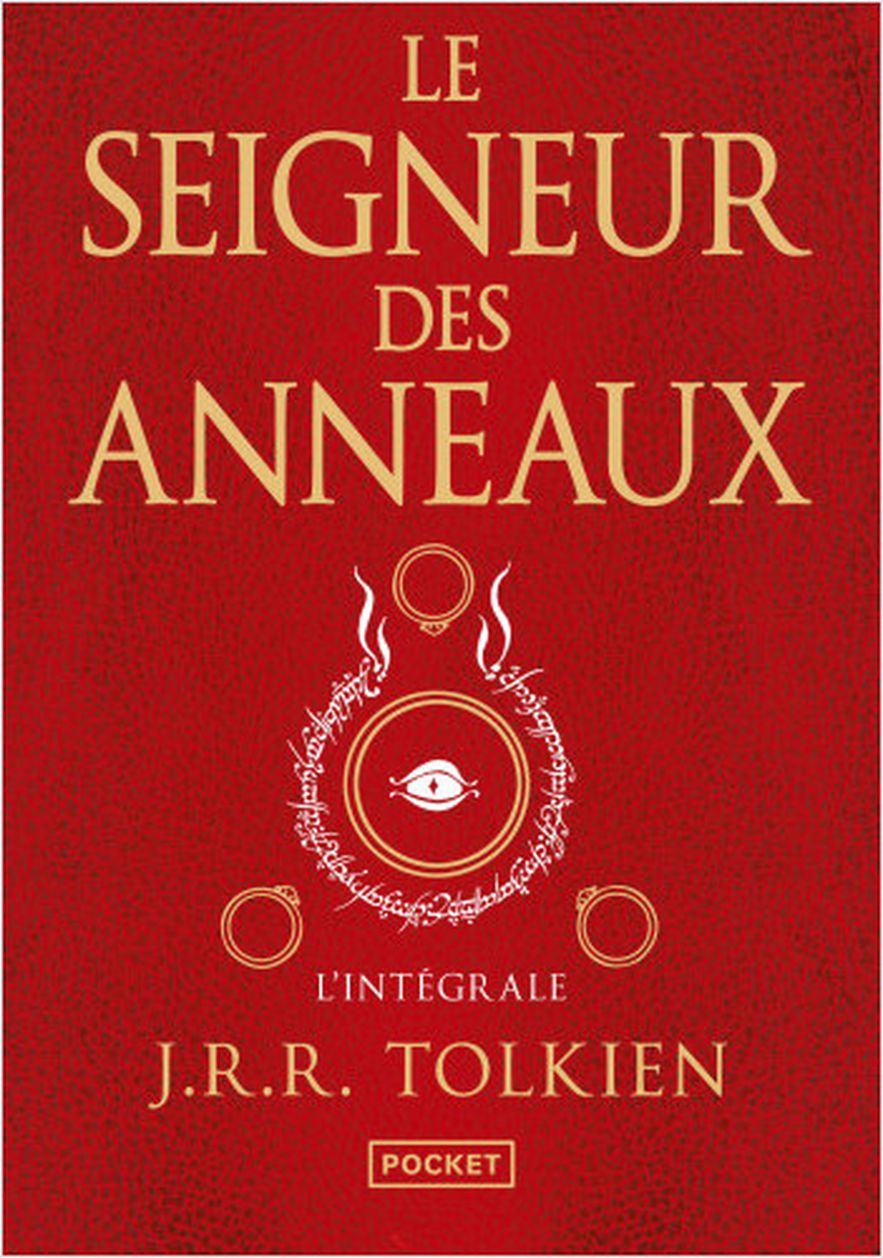
The Complete JRR Tolkien Bestseller
What can be said about this mythical book that hasn’t already been said and repeated? In 1937, JRR Tolkien, a British university professor, created a small character, Bilbo the Hobbitt. He will take it up again, him and the world around him, in a fresco which he will take twelve years to write and which will appear in three volumes in 1954 and 1955. Another Hobbit must destroy a magic ring to prevent it from falling in the hands of the tenebrous Sauron… The book is a success, supported among others by the hippies who see in the world of the Hobbits a pastoral and communal ideal. It will become a planetary triumph after the release of the three Peter Jackson films in 2001. Tolkien will not see this apotheosis but will have spent his life building the world of “Middle-earth” and will leave a multitude of more or less completed works (and sometimes very boring, let’s be frank…) that his heirs will exploit to the point of nausea… But the original remains an epic masterpiece, undoubtedly THE flagship book of the genre.
Transl. from English by Daniel Lauzon, Pocket, 1600 p, €19.90.
Gormenghastby Mervyn Peake (1946-1959)
Here is a masterpiece that we do not really know where to classify: does it touch on the fantastic, the fantasy, the marvelous? All this at the same time, no doubt, and this is not the least of its riches. Painter, poet, born in China and depressive, Mervym Peake offers fantasy in three novels and two short stories his first Kafkaesque work. Titus, heir to the D’enfer family, lives in a huge castle where everything is managed by rites as immutable as they are abstruse. Tired of this stillborn world, he will escape and explore the surroundings of the castle. The rest navigates between baroque and gothic, between anxiety and humor, between metaphysics and burlesque. Titus offers our world a distorting mirror where what is reflected quickly appears more real than reality. The supporting roles, a hilarious gallery of servants in particular, all have as much relief as the hero of this singular tale.
Transl. from English by Patrick Remaux, Omnibus, 1184 p, €31.50.
earthseaby Ursula Le Guin (1964-2018)
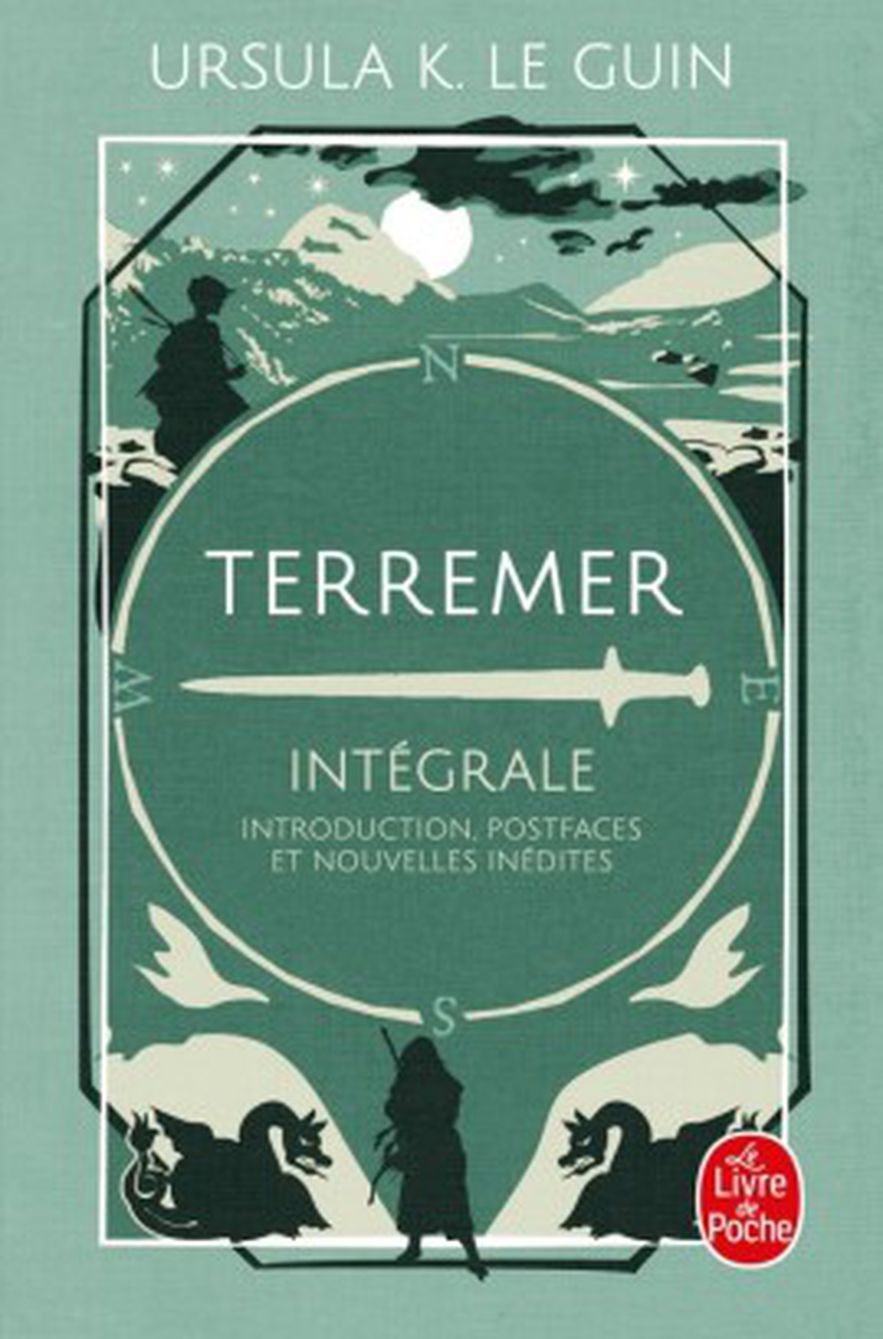
The complete cycle of Ursula Le Guin
© / The pocket book
Rare author to reconcile amateurs of the genre and literary public (her name has sometimes circulated for the Nobel), Ursula Le Guin has signed two major cycles of fantasy. earthsea is a world developed over almost forty years. The opposite of Middle earth of Tolkien, he is essentially a sailor. An ethnologist by training, Le Guin creates a universe based on a marvelous idea: things exist when you name them, and knowing their real name allows you to have power over them. Even if magic is very present in Terremer, power therefore only depends on knowledge… Beyond the beauty of a precise and poetic language, Le Guin instills in this initiatory cycle around a magician’s destiny his obsessions : feminism (which will become clearer with the fourth volume, Tehanu), questions about power, duality, initiation, ecology… Never Manichaeans, never moralists, his heroes (a sorcerer, a priestess, a young dragon-girl…) doubt, stumble, recover as best they can among the shreds of their omnipotence .
Transl. from English by Isabelle Delord-Philippe, Pierre-Paul Durastanti, Patrick Dusoulier, Sébastien Guillot, Philippe R. Hupp, Françoise Maillet, Le Livre de poche, 1800 p, €26.90.
The Elric Cycleby Michael Moorcock (1972-1994)
Elric of Melnibone is arguably the only albino emperor in fantasy. It would only be anecdotal if he weren’t also one of his most neurotic heroes. Created by Michael Moorcock and animated over ten volumes, he is a weak and skinny antihero physically, tortured and romantically romantic, seeking neither power nor glory but a meaning to a life whose truth constantly eludes him. His sword, Stormbringer, a souled entity that preys on his enemies as well as his friends, does little to help him find a clear path. The more Elric adventures he wrote, the more Moorcock claimed to want to do so as a reaction against the genre that had given rise to them… an atypical cycle.
Transl. from English by Daphné Halin, Gérard Lebec, Geroge Barlow, Michel Deuth, ECL Meistermann, Frantz Straschitz, Omnibus, 1248 p, €25.
Lord Valentine’s Castle, by Robert Silverberg (1980)
A prolific, multi-genre and often brilliant author, Robert Silverberg only got into fantasy late in life. He took it well: he won his biggest commercial success there and signed one of the classics of the genre. On the planet Majipoor, huge and colonized by humans, power is vested in a duo whose visible part, the Coronal, is secretly influenced by the dreams of his mother, lady of the island of sleep. But is Lord Valentin, current Coronal, who he claims to be? And this other Valentin, a young man with amnesia, wouldn’t he in fact be the real Coronal? Two other novels, a second trilogy and two collections of short stories complete this eight-volume cycle which succeeds like few others in bringing an entire world to life in all its complexity. Physical descriptions, invention of fauna, flora, analysis of political systems… this dream of an absolute demiurge was approached so closely by Silverberg that university studies have been carried out on the language used at Majipoor. We sink into this vast territory ten times the Earth, fascinated, as we would dive into an explorer’s story.
Transl. of English by Patrick Berthon, Pavillons poche, 760 p, €12.
The iron Throneby George RR Martin (1996-?)
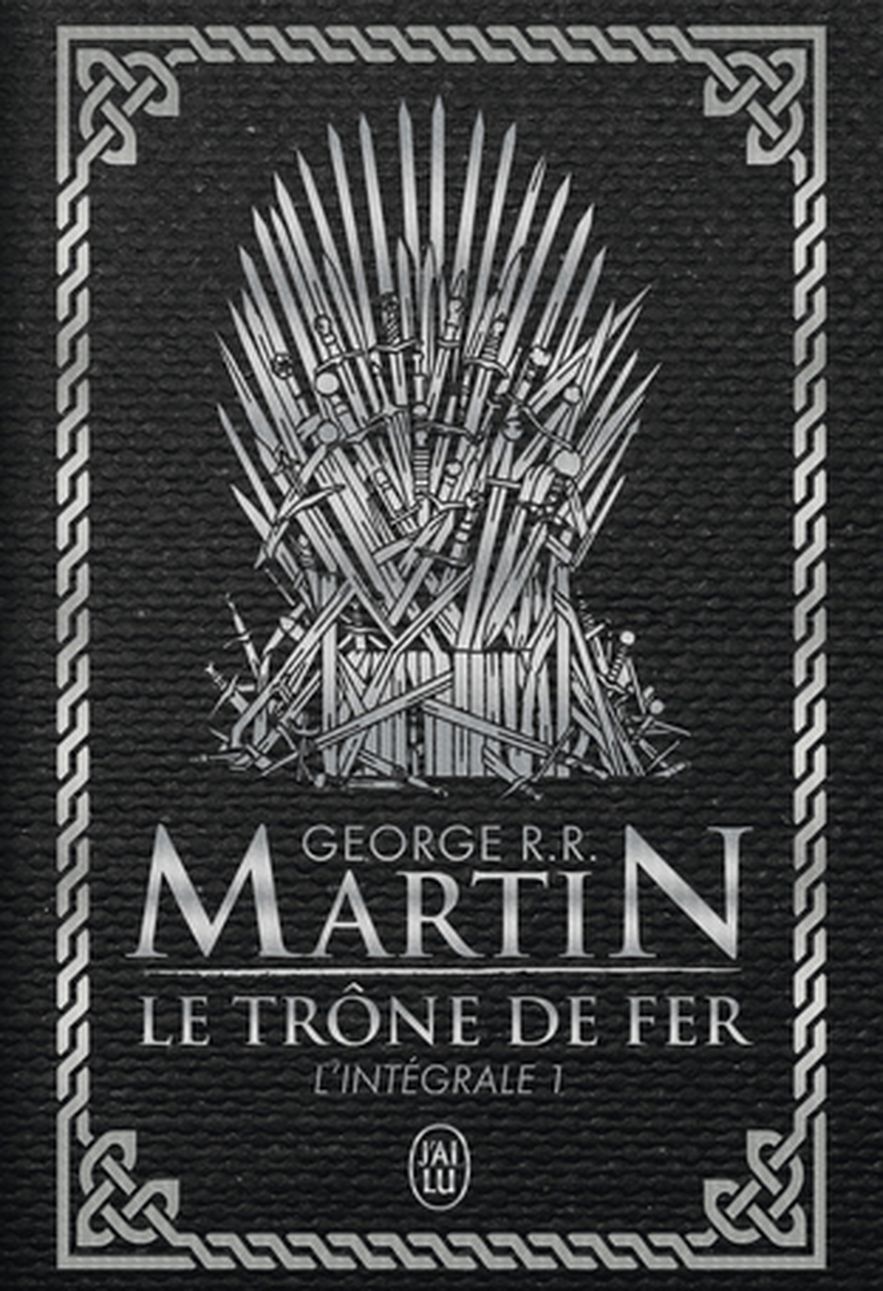
The famous cycle of George R. Martin
© / I read
Before the series Game Of Thrones, there was this copious literary suite (fifteen novels in French…) of which it is the very faithful adaptation, at least until the last two seasons. If it is built on archetypes of the genre (a succession struggle in a semi-medieval world, with fights, princesses, dragons and external threats…), the saga quickly finds its originality in a choral conception (each chapter is told by a character) and the breadth of his storytelling.
inspired by The Cursed Kings by Maurice Druon, drawing both on the history of England in the Middle Ages and the fall of the Roman Empire, George RR Martin plays the card of realism, depicts deeply ambiguous heroes and does not hesitate to make sexuality and the violence of immoderate uses. The reader is embarked on an exhausting maelstrom, the opposite of the current production of the genre that Martin describes as “Medieval Disneyland”. The only real question that now petrifies the fans is that of the end or not of the cycle: no longer very young, multiplying the projects, Martin, who let himself be overwhelmed and authorized a conclusion to the series which disappointed most of his fans, will he complete his great work?
Five volumes translated from English by Jean Sola and Patrick Marcel, J’ai lu, 1,200 pages each, from €14.90 to €17.90.
